Stellar Blade, a video game from Korea’s Shift-Up, was one of the year’s surprises with its quality and ambition within the hack ‘n slash genre, from which even the developers of Bayonetta can learn.
Don’t get me wrong: there’s no questioning Bayonetta 3’s quality and fun! Platinum Games did the hardest thing with its last game: it outdid itself. It was the craziest hack ‘n slash of the series, with a mind-boggling variety of situations and a lot of imagination put into both the wacky story and bold graphics.
Summons added depth, and adding a new playable character put the cherry on top of the action-spectacular cake – but there was still room for improvement.
From this point of view, it seems that the Nintendo Switch’s hardware has held back the ambitions of the Japanese company. Some situations are so ambitious in concept that they couldn’t live up to it graphically. It’s clear that this game wasn’t going to be an old-fashioned hack ‘n slash but a big adventure. In this sense, the next Bayonetta title should also take a leap in this direction.
The ideas from Stellar Blade could work for Bayonetta as well
Stellar Blade was one of the surprises of the year for many. Although he didn’t come out of nowhere, I don’t think many people expected him to do so well. Moreover, in a genre that has such strong representatives. It basically brings the fast-paced action of titles like Devil May Cry or God of War. But it actually draws on a handful of combo experiences that set it apart from games like this.
It has RPG development, bosses imitating Souls, and even an open world in a small part: this is the evolution of hack ‘n slash towards adventure RPGs, which quite a few players have been waiting for a long time.
It seems incredible because this evolution comes from a studio that doesn’t have the reputation and experience of the big guys. However, they showed courage and talent when it came to combining different ingredients. So much so that even Yoko Taro himself was full of praise, comparing it to his own game (Nier Automata) and sharing quite a lot. Including character development and abilities and even incorporating side quests into the free-to-explore environment.
Bayonetta also has its moments of smaller exploration sequences that were more prominent in the third game. It wasn’t anything earth-shattering, but it looked like Platinum Games wanted to throw off the shackles. He wanted to try new things with small stages away from the combat action, with different challenges and challenges. However, despite the (very worthy) attempts, the scale is nothing like what Stellar Blade has to offer.
In the Korean game, we can explore a big city (Xion), where we can even get involved in conversations and uncover quite a few secrets.
The game features multiple environments that follow a semi-open world design. With large areas where you can fight freely to gain experience and unlock deep skill tree options. It’s very similar to Nier Automata in some ways. But the combat structure is everywhere from start to finish.
Diverse, bold and powerful, the evolution of hack ‘n slash
Also, despite trying to embrace and fuse multiple concepts, the good thing about Stellar Blade is that the quality of the different elements doesn’t suffer. Discovery works phenomenally well. The quests aren’t “the real thing”, but they’re pretty good. There are a lot of secrets, and there are even moments when the game seems to turn into a shooter. Diverse, bold and powerful, it’s an evolution of hack ‘n slash in a direction that has won the hearts of gamers. It even indulges in Sekiro-style bosses with a difficulty that can be maddening.
It’s not that Platinum Games should follow the same path, but it would be vital for them to step up a notch in a genre they dominate and take to the next level.
I don’t know if others felt specific symptoms of burnout in Bayonetta 3, but it’s clear that Bayonetta 4 needs a revolution. This would be more than justified now. New ideas and solutions are required in order to keep the series at the forefront.

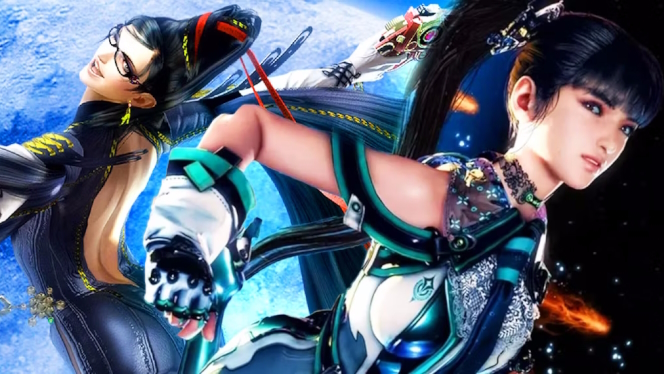
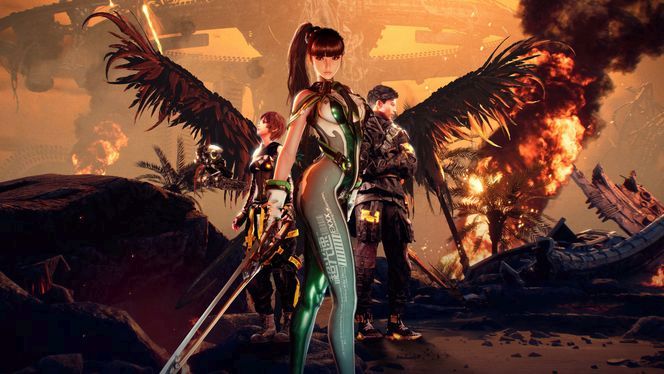
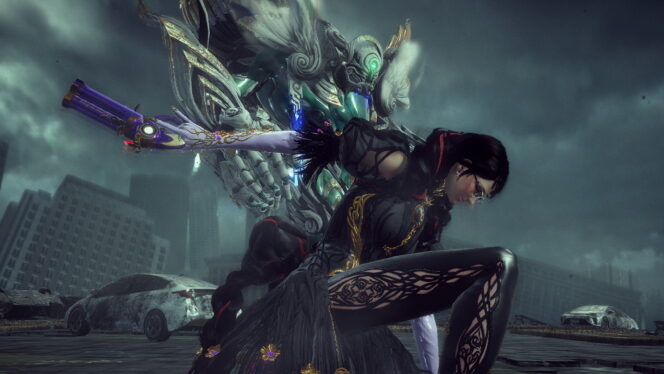
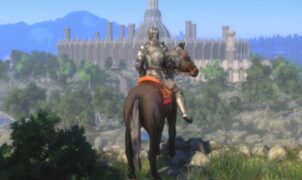

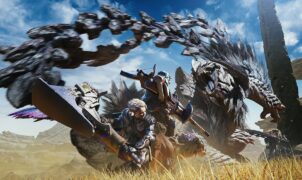







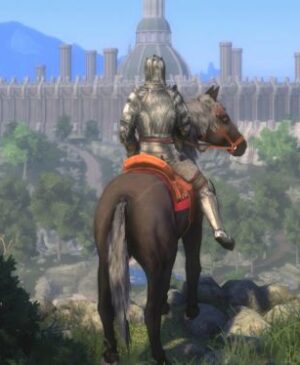



Leave a Reply